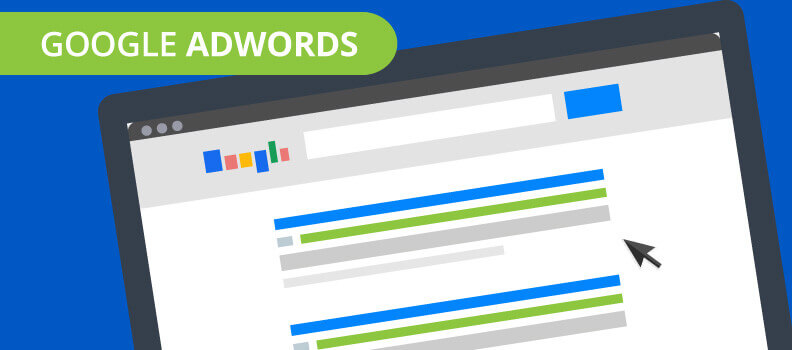The first principal of direct marketing, especially in business to business marketing, is to identify proper targets. Before every campaign, you need to make sure your message is going out to exactly the right business. Your list may be long, and still growing, and some companies that have purchased from you in the past may not be the right targets for an upcoming campaign.
There are times when refining your list by two criteria can make sure your message gets to the right business.
Employee Size
The number of people employed is a good indicator how big a company is. Think about the product or service you’re offering, and how that would align with the goals of a business employing 100 people or 5,000 people. For example, if you are a small start-up business making a radically new ergonomic office chair, your target would likely be another small business. Once you have a cache of other small business customers, you might be ready to move on to a slightly larger size target. If you are marketing a software program designed for talent acquisition and hiring, you might be targeting a larger company. More employees means more turnover and more hiring, and a larger firm would likely need more customizing. Remember that businesses may have employees at more than one location. Before choosing a target based on how many are employed, make sure you know how many are in one building, and where you would be delivering your goods or services to.
Be cautious when limiting yourself by employee size. This Electric Marketing article provides a good reminder that some companies with 200 employees are owned by a holding corporation that only employs 10. If you have limited yourself to companies with, say 15 plus employees, you’re missing out on that holding corp and the companies under it.
Annual Revenue
A company’s annual revenue can be another indicator of size, or its status in its industry. Once again, you’ll have to determine how your offering aligns with a company making X amount this year. What does your product represent to a local company with $1 million in annual revenue? Would it be feasible for that small business to buy from you? If you’ve priced yourself out of the small business market, or if it’s just not the right target for any other reason, you’ll have to move on to the mid-size market. According to Entrepreneur.com, the average annual revenue for a small business is $3.6 million. Keep that in mind when filtering your mailing list by this figure.
Consider Both
Combining these two data points can give you a more complete picture of who your target is. Going back to the office chair example, suppose this revolutionary product is also extremely expensive to make and sell. Yes, you will want to market to other start-ups, but only those who are making enough that they would be able to supply their staff with your chair. If that start-up has a high annual revenue and a small number of employees, they would be a strong prospect. It’s likely not beneficial to limit by just one or the other. The more you know about a target, the better.
Additionally, you’ll want to examine the list of your existing customers. Salesgenie can enhance your existing data to include employee size and annual revenue. With this information, you can create a picture of your best customers. Compare these data points of the companies with the strongest purchase history. Now you can look for other companies that match up in these two areas. InfoUSA can also help you find new prospects who match these two criteria so that you can find new leads and grow your business.






